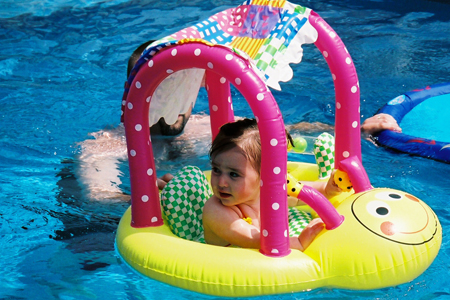Fiberglass Quick Facts
The surface of a fiberglass pool, called the gelcoat, is virtually non-porous. In contrast, the surface of a concrete pool is extremely rough and porous. These rough cavities and pores give algae a place to hide and call home, making pool ownership much more difficult.
Read below for more beneficial features of fiberglass pools.

- Outperforms cementitious materials, will not disbond like plaster.
- No sandblasting and chipping required, no dust around facilities.
- Fast application ensuring short down-time, rapid return-to-service.
- High-performance resins used. Track record in severe industrial corrosion environments.
- Not subject to spalling, staining, roughness & algae.
- The most effective method to repair structural cracks in pools. No epoxy injection required.
- Excellent water clarity and aesthetic appeal over life of surface.
- Drastic reduction in chemical usage due to inert nature of material.
- Simple start-up. No brushing and tending needed after application.
- Most widely used material for commercial aquatic facilities.
- Long-term corrosion resistance, 25 year system applied as opposed to replastering where durability averages 7 years.